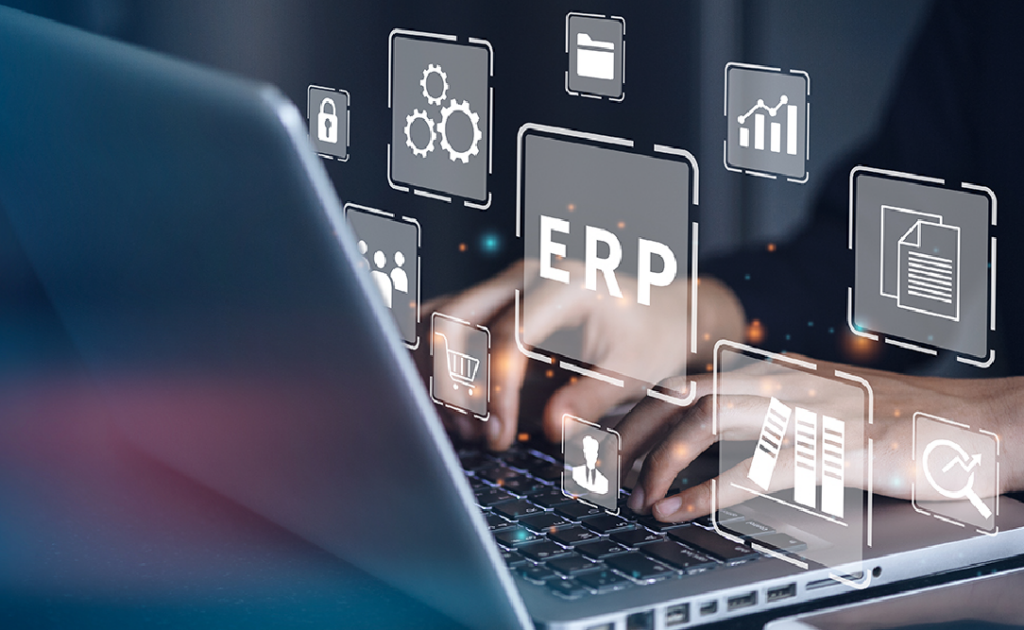Enterprise Resource Planning (ERP) systems have become vital for businesses in today’s fast-paced world. These tools offer streamlined operations, boost productivity, and pave the way for growth, but integrating them seamlessly can be tricky. Careful planning and forward-thinking are crucial to navigate the complexities that arise. Let’s explore five common roadblocks you might encounter during Enterprise Resource Planning integration, along with strategies to tackle them effectively.
Navigating Data Migration Challenges
Moving all your company’s information to a new ERP system can feel like a major obstacle. Imagine trying to pack up years’ worth of files and move them to a new house – it takes time and careful organization. This data migration can be tricky because older systems might store information differently than the new ones. Think of it like trying to fit square pegs in round holes.
The good news is there are ways to streamline this process!By planning and cleaning up any outdated or messy information in your old system, you can avoid disruptions to your daily operations.
A thorough review of your data can help identify any inconsistencies or duplicates, and mapping tools can ensure everything gets to the right place in the new system. There’s even specialized software and experts available to help with the heavy lifting, making the whole move faster and more reliable.
Tackling Integration Complexity
Today’s businesses use a variety of software programs to handle all their tasks, from dealing with customers to keeping track of supplies. ERP integration software acts like a translator, seamlessly connecting your core ERP system to other programs, like CRM or supply chain tools. This ensures information flows smoothly across your entire organization. However, each connection can have its quirks, so a flexible integration approach is key.
Middleware platforms or APIs can act as bridges between these different systems, allowing for real-time data exchange and streamlining operations. The best way to avoid integration headaches down the line is to consider compatibility from the very beginning. When choosing an ERP system, prioritizing programs that work well together with Enterprise Resource Planning integration in mind lays a strong foundation for future growth and keeps your business running smoothly.
Mitigating Change Management Resistance
Implementing new software, especially complex systems like ERPs, requires significant adaptation. People naturally worry about how it might affect them, fearing job losses, changes to their daily routines, or even a feeling of less control. Aligning everyone’s oars from the get-go is crucial for a smooth journey.
By openly communicating the benefits of the system, addressing concerns head-on, and involving employees in the process, companies can create a sense of teamwork and shared goals. By minimizing pushback and facilitating a smooth transition, this approach sets the stage for a thriving implementation.
Balancing Customization Needs
Finding the sweet spot between customizing an ERP system to fit your company’s needs and keeping things standardized can be tricky. While customization allows you to tailor the system perfectly, it can also lead to a complex mess that’s expensive to maintain and might not work well with other software. The key is to be strategic.
Look for ERP systems that are built with flexibility in mind. These modular systems can be configured to match your specific workflows without needing a ton of custom coding. Sticking to industry best practices during implementation can also help you avoid the pitfalls of over-customization and ensure a smooth integration process.
Addressing Resource Constraints
Integrating different business systems with an ERP can be a real challenge, especially when you’re facing limitations on your budget, time, and finding the right people. These resource constraints can slow things down, make the project take longer than expected, and even put the whole thing at risk. The key to overcoming these hurdles is being smart about how you use your resources and focusing on what’s most important.
Setting clear deadlines, making sure you have enough money budgeted, and getting help from outside experts can all give your internal team a boost and keep things moving along. Encouraging everyone involved from different departments to work together and making sure your team has the tools and training they need will also help you get the most out of your resources and achieve the best possible results for your project.
Conclusion
Integrating an Enterprise Resource Planning (ERP) system isn’t always a smooth ride. It can be tricky to move all your existing data over, and sometimes, employees might be hesitant to adopt a new way of working. These obstacles can be conquered! Through careful planning, adaptability, and teamwork, you’ll be well-positioned to navigate them. Additionally, a robust ERP system can significantly improve your operational efficiency, paving the way for sustained growth.
Welcome to our blog! My name is Yuvraj Kore, and I am a blogger who has been exploring the world of blogging since 2017. It all started back in 2014 when I attended a digital marketing program at college and learned about the intriguing world of blogging.


